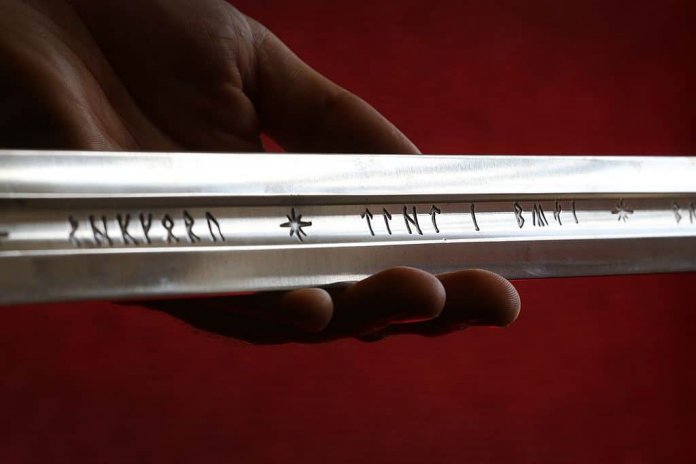
Easter time seems to get me reflecting on Tolkien’s Catholic imagination. I have previously written about how the dynamic of grace was portrayed in the experiences of the hobbit-protagonists of Tolkien’s Middle Earth sagas.
A key facilitator to this dynamic is, of course, the wizard Gandalf and the various ways in which he plays a Christ-like role, or otherwise serves to at least indicate the Divine action in some way. Gandalf offers spiritual and moral guidance to the hobbits and often speaks for, or of, what we might call Divine Providence. In fact, the word that most aptly captures Gandalf’s role is that of prophet. He speaks the truth: about the individual, about the worldly situation and about the cosmic order.
However, if one bears in mind Tolkien’s aversion to obvious analogy – and which is why too many people miss the foundational role of Catholicism in his writings, or try to undermine it – it is also unsurprising to find that one cannot pin-point a completely Christ-like figure either on Gandalf or any other single character in the Middle-Earth saga. Such a refraction of the roles that Christ fulfils into different characters within the saga is a rather more elegant solution, and decidedly more theologically-eloquent, than mere analogy.
Similarly, the events of Holy Saturday, tied up as they are with the nature of Christ’s kingship, find reflection in The Return of the King, the third book of Tolkien’s The Lord of the Rings trilogy.
Whilst Frodo is approaching Mordor and the final stage of his quest to Mount Doom, Aragorn – the mysterious ranger – is to be found engaged in what is considered by everyone else to be a suicidal mission. He decides to brave the Paths of the Dead, a subterranean mountain path, and home to a lost army of men, now the living dead and trapped by a curse that resulted from their own disobedience long ago. This army, if it can be made to obey, is crucial to countering the extra weight of Mordor’s allies, who are about to throw themselves against the human citadel of Minas Tirith, the seat of the Kingdom of Gondor.
The nub of the issue, of course, is that of gaining authority over this terrifying army. No living man could pass through and survive: the dead do not obey the living. Only one exception exists; and this takes us back to the origin of these men’s story. The curse that this army brought upon themselves was a result of their breaking oath to aid the Kingdom of Gondor against the forces of evil. That oath was made to the King of Gondor, and as such, the only person with the authority to command its bond and release from the curse is the self-same King – or a legitimate descendant who can wield that authority on his behalf.
By this point, Aragorn is of known to the avid reader to be the heir to Elendil, the first King of Gondor. And so, the trepidation with which we accompany him along the Paths of the Dead, as the dreadful and invisible army gathers around him, is offset by the hopeful expectation of something dramatic. And we are not disappointed. The dead king cynically strikes out at Aragorn with his sword, only to find it halted in its path by Aragorn’s own blade: something that no mortal would be able to effect, other than one who bears that original authority.
Recognition of the King who stands before them rustles through the horde; their assistance is secured; and when they finally fulfil their oath in the present conflict, they disappear with a whispering sigh of relief, finally free to rest.
It would be hard to find a more dramatic visual aid to explaining Jesus’s harrowing of hell on Holy Saturday, especially for an audience of teenagers or young adults. For those puzzling over the words in the Apostles’ Creed, “he descended into hell”, Tolkien provides a vivid point of reference. The imagery poignantly evokes and gives life to St Paul’s reference to Christ as the “Lord both of the dead and of the living” (Romans 14:9). In turn, the logic of Christ’s command over the dead is helpfully drawn out by Tolkien’s narrative.
Read it all in The Catholic Herald


